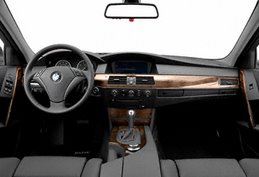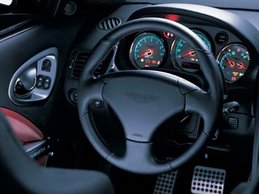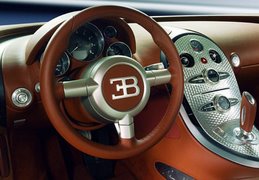 2007 Lincoln MKZ AWD - After one year on the market, and just as people might be starting to wrap their heads around what a Lincoln Zephyr is, the company is putting the nameplate back on the shelf, next to Versailles. From here on, new Lincolns will wear the letters MK, and a third letter — be it an X, an S, or in this case, a Z — will denote the model. Unlike the Mark LT pickup, the MK isn’t short for “mark” but is pronounced by the letters themselves, as in “M K.”
2007 Lincoln MKZ AWD - After one year on the market, and just as people might be starting to wrap their heads around what a Lincoln Zephyr is, the company is putting the nameplate back on the shelf, next to Versailles. From here on, new Lincolns will wear the letters MK, and a third letter — be it an X, an S, or in this case, a Z — will denote the model. Unlike the Mark LT pickup, the MK isn’t short for “mark” but is pronounced by the letters themselves, as in “M K.”The change from Zephyr to MKZ is a bit more involved than simply slapping a different chromed badge onto the Lincoln’s rump. Several real alterations, from chassis tweaks to powertrain improvements, make the ’07 MKZ more than just a marketing experiment. Ford’s new 263-hp, 3.5-liter V-6 now resides under the hood — Lincoln’s more plebeian brethren, the Mercury Milan and the Ford Fusion, will have to wait at least until 2008 to get the larger engine.
At the track, the MKZ’s extra 42 ponies didn’t make it any faster than the Zephyr. Quarter-mile and 0-to-60 ti
 mes were identical to those of a front-wheel-drive Zephyr we tested in April 2006. The MKZ has 267 more pounds to carry than did the Zephyr (due primarily to the AWD system), but its 14.5-pounds-per-horsepower power-to-weight ratio is still better than the Zephyr’s 16.0 pounds per horsepower. Identical gearing in both cars leads us to believe our MKZ might have been an unusually weak example or that the added friction and rotational inertia of the all-wheel drive sapped a significant chunk of life from the new engine. However, when a 4528-pound Ford Edge SEL Plus AWD with two more horsepower runs 0 to 60 in 7.6 seconds — only 0.3 second longer than the 715-pound-lighter sedan — one wonders why the MKZ wasn’t faster.
mes were identical to those of a front-wheel-drive Zephyr we tested in April 2006. The MKZ has 267 more pounds to carry than did the Zephyr (due primarily to the AWD system), but its 14.5-pounds-per-horsepower power-to-weight ratio is still better than the Zephyr’s 16.0 pounds per horsepower. Identical gearing in both cars leads us to believe our MKZ might have been an unusually weak example or that the added friction and rotational inertia of the all-wheel drive sapped a significant chunk of life from the new engine. However, when a 4528-pound Ford Edge SEL Plus AWD with two more horsepower runs 0 to 60 in 7.6 seconds — only 0.3 second longer than the 715-pound-lighter sedan — one wonders why the MKZ wasn’t faster.The rest of the MKZ carries over largely unchanged from the Zephyr. Optional wood trim dresses up the plasticky multihued interior that would benefit from more precise fits — the door panels still feel as if they could be pulled apart easily. Switchgear lifted from Ford’s parts bin looks down-market, but the optional ($2495) touch-screen navigati
 on system works intuitively and easily.
on system works intuitively and easily.Our loaded MKZ wore a price of $35,445, thousands less than a comparably equipped Lexus ES350. The MKZ is a more entertaining car to drive than the ES350, but this is like choosing your mother over your grandmother in a wet-T-shirt contest — neither is really suited for the pursuit. In this price range, driving enthusiasts would be looking at an Audi A4, BMW 3-series, Cadillac CTS, or Infiniti G35, whereas luxury seekers would be smart to consider the ES350. Somewhere in the middle lies the jack of sedans, the MKZ.






































